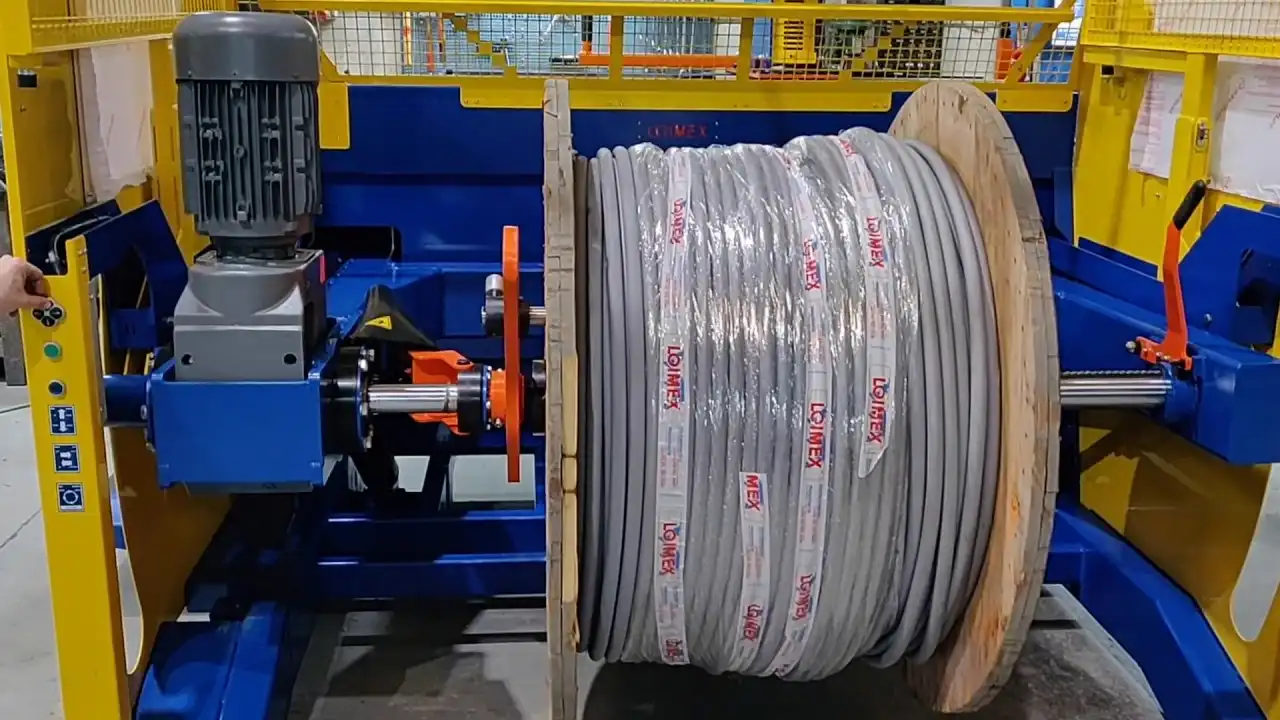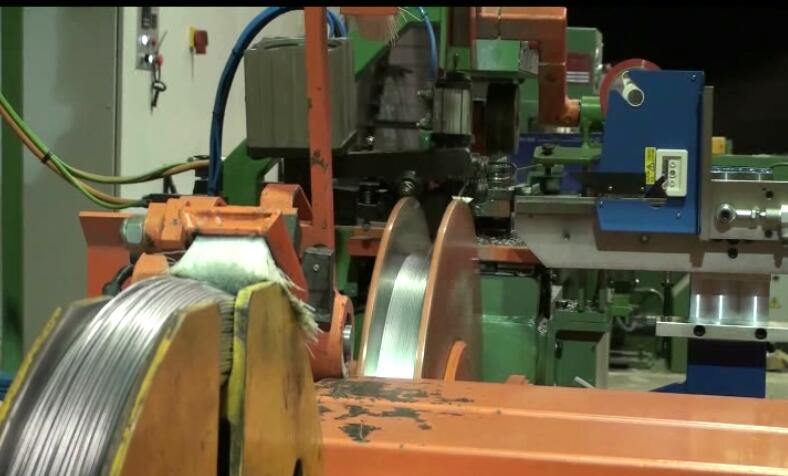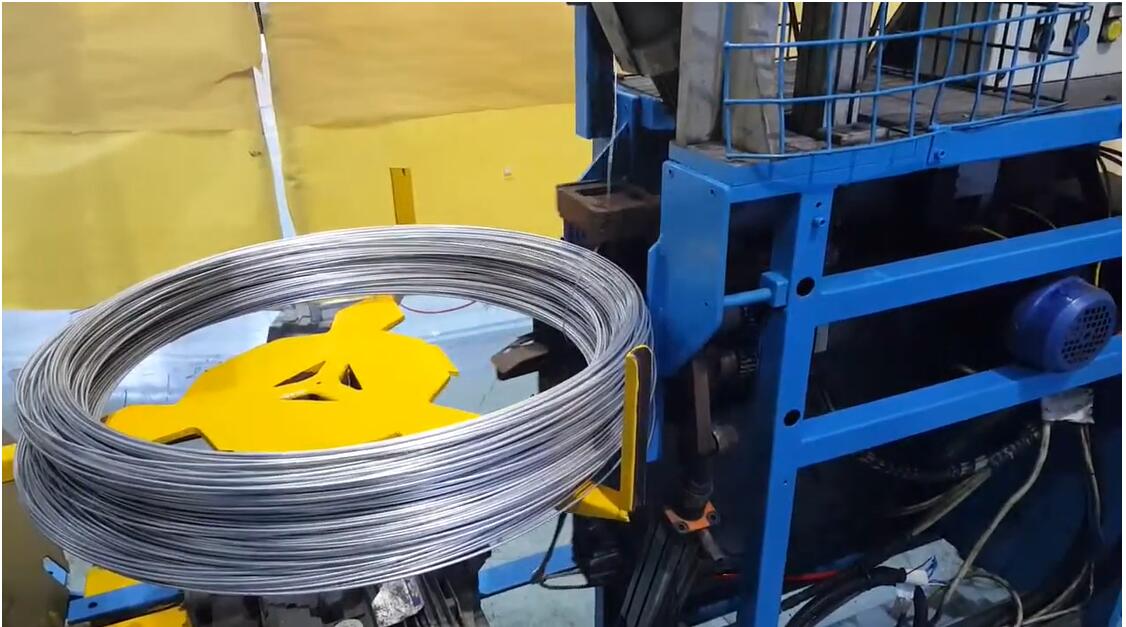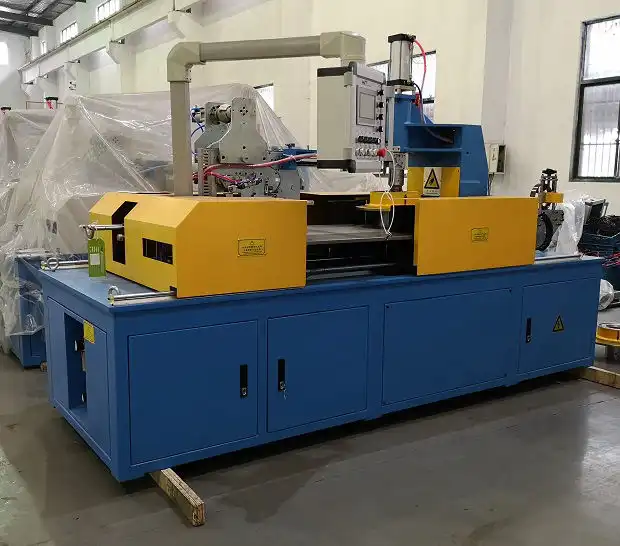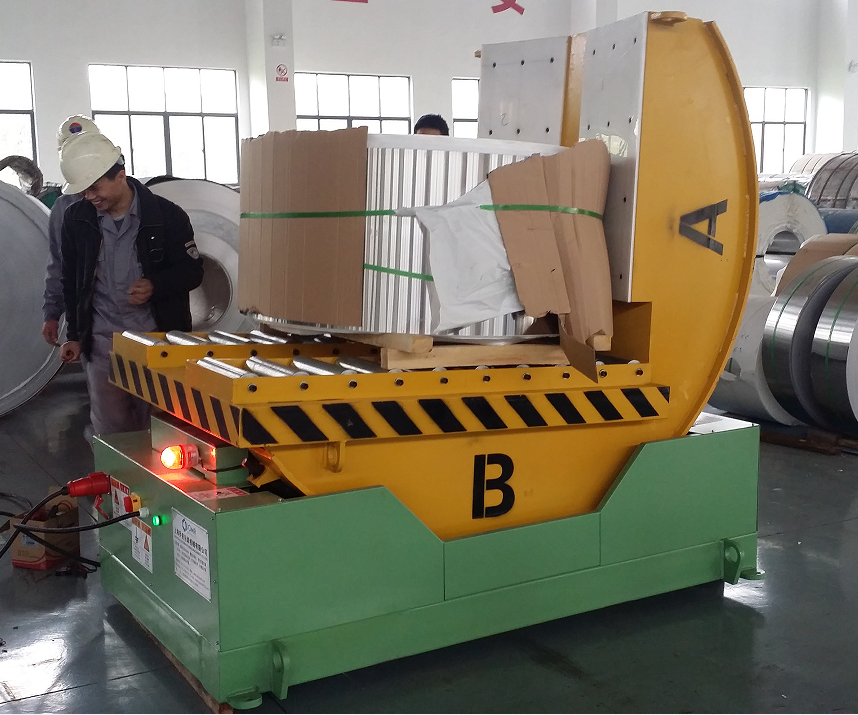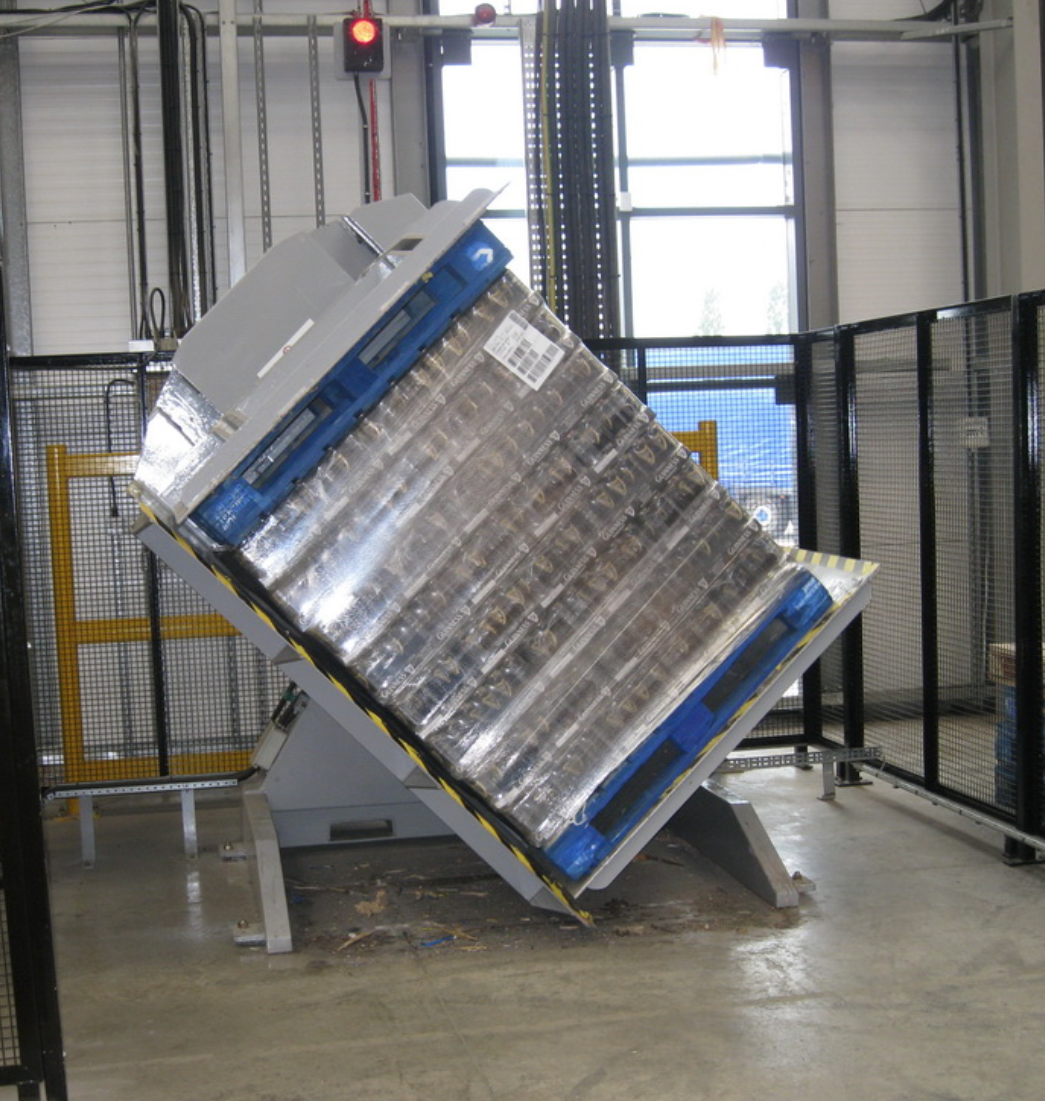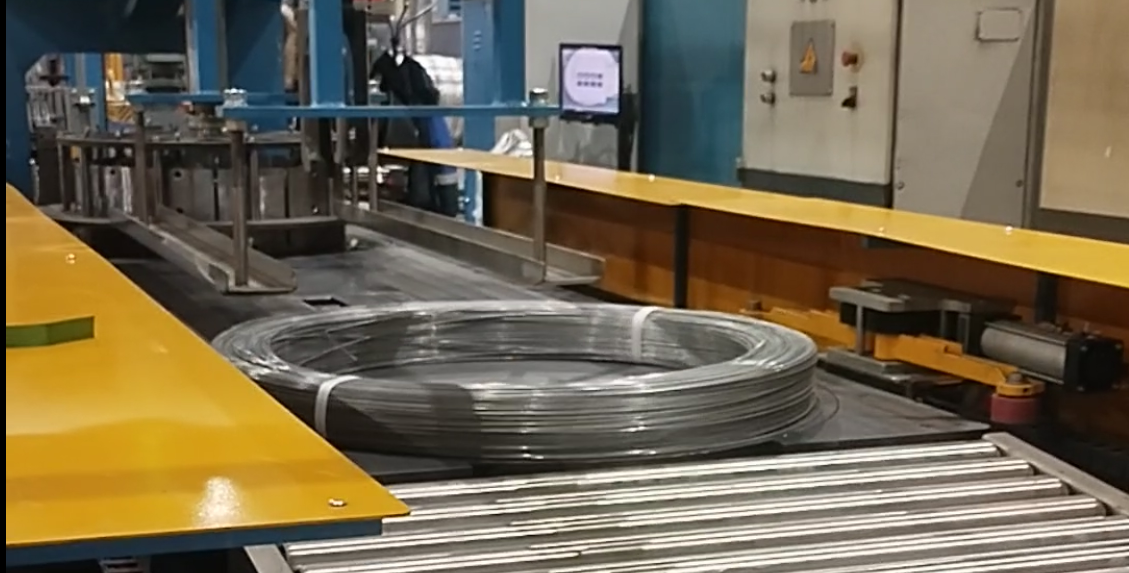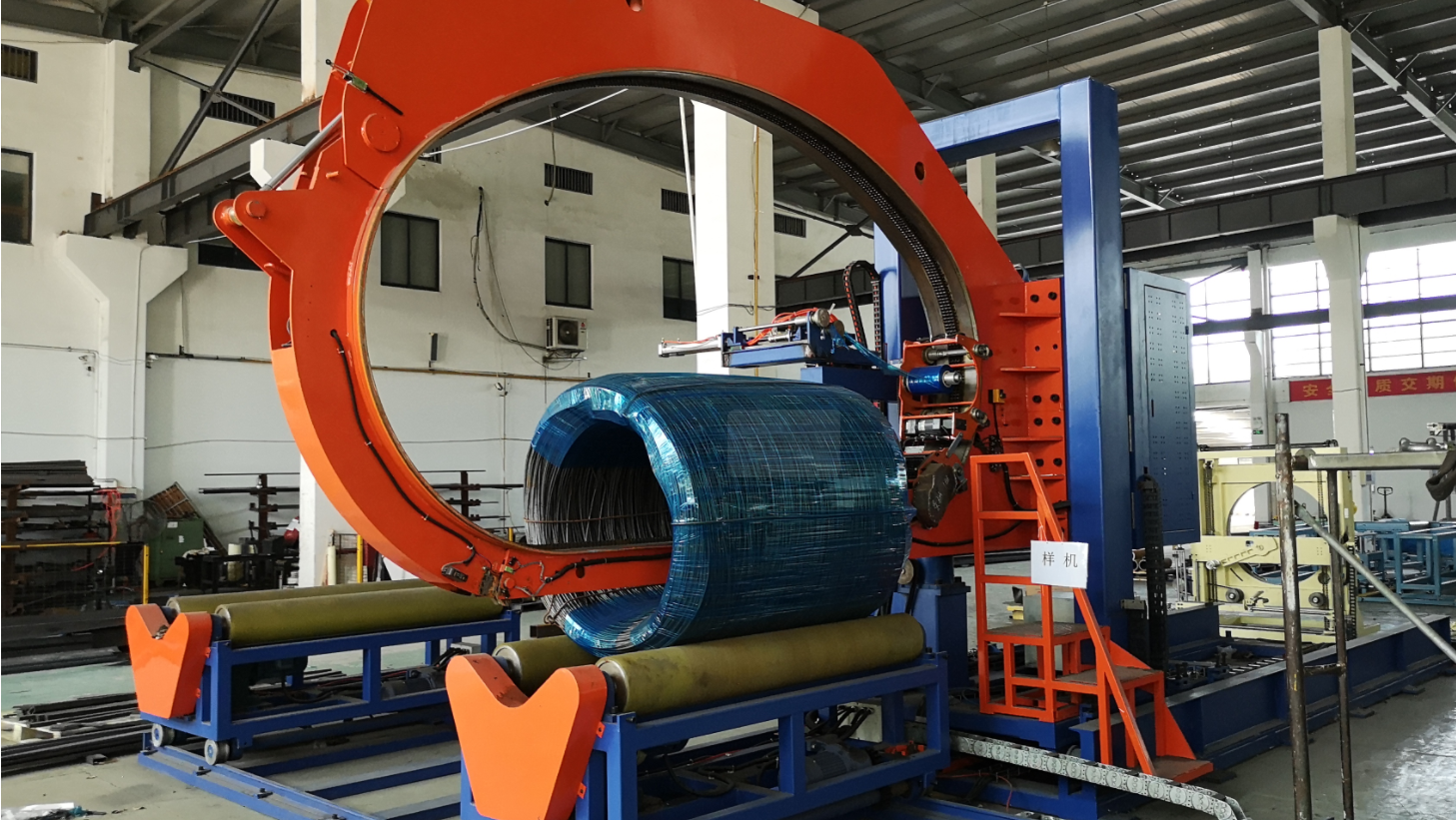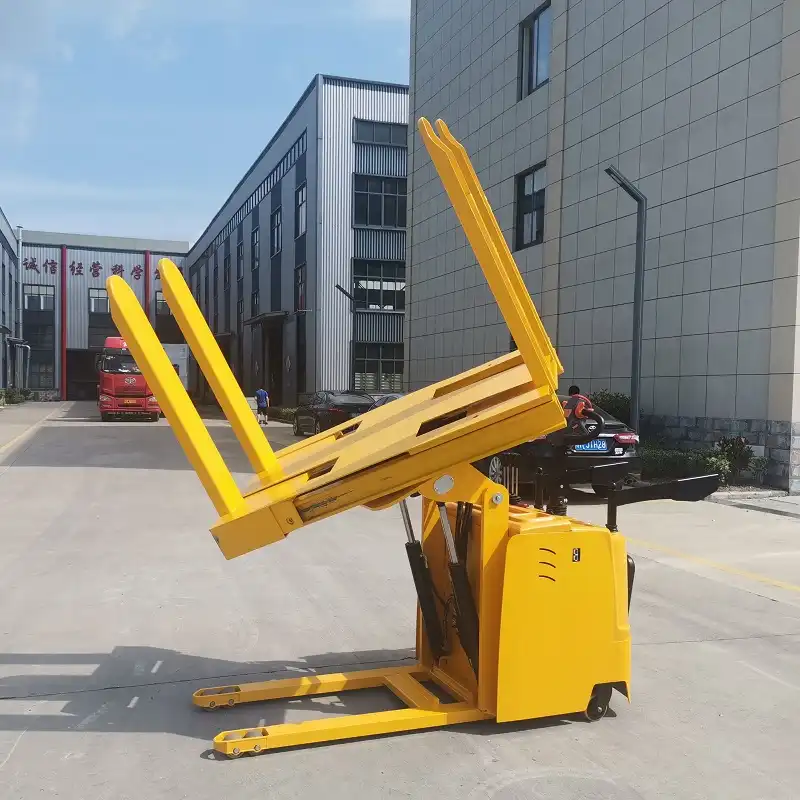How Can a Foundry Achieve Significant Savings ($200k+) with Mold Upenders?
Foundries constantly battle tight margins, operational bottlenecks, and safety concerns. Handling heavy, expensive molds traditionally involves slow, risky methods using cranes or manual effort, leading to costly damage, production delays, and potential worker injuries. What if a single equipment investment could drastically cut these expenses?
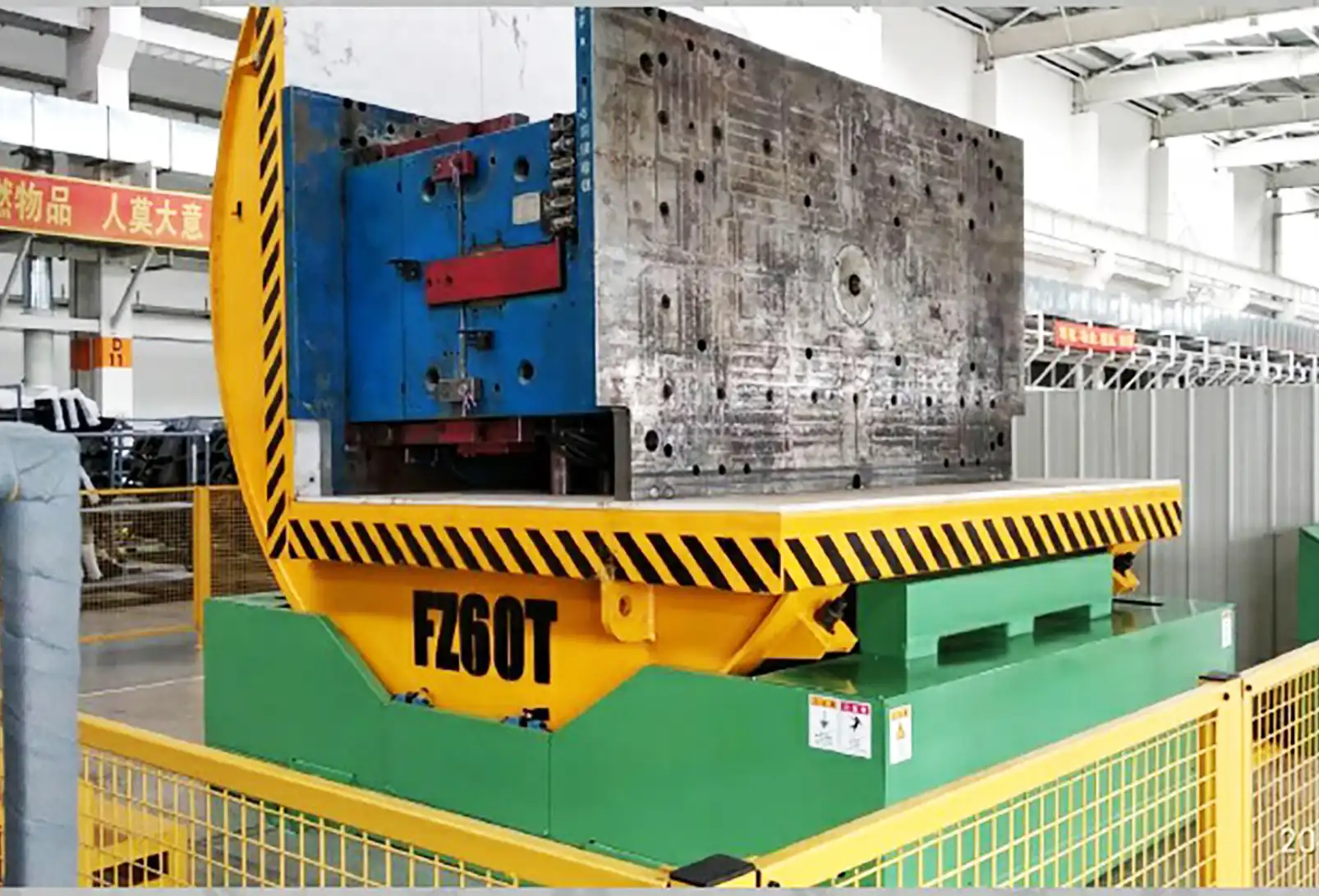
Foundries can achieve significant savings, potentially exceeding $200,000 annually, by implementing mold upenders. These savings stem from drastically improved safety records reducing injury-related costs, enhanced operational efficiency through faster and automated mold handling cycles minimizing downtime and labor expenses, and the prevention of costly damage to molds during rotation, thereby cutting repair and replacement expenditures significantly.
Investing in specialized equipment like mold upenders moves beyond a simple purchase; it represents a strategic shift towards optimized, safer, and more profitable foundry operations. Understanding the specific cost centers addressed by this technology reveals a clear path to substantial financial benefits and improved competitiveness. Let’s delve into how these savings materialize.
Understanding the High Cost of Traditional Mold Handling
The process of manipulating large, heavy molds is fundamental to foundry operations, but traditional methods are often fraught with hidden and explicit costs. Relying solely on overhead cranes, forklifts with chains, or manual prying introduces significant inefficiencies and risks that erode profitability.
Traditional mold handling methods incur substantial costs through safety incidents (worker injuries, insurance hikes, lost time), operational inefficiencies (crane bottlenecks, prolonged cycle times, excess labor), and frequent mold damage (requiring expensive repairs, replacements, and causing production halts). These combined factors often represent a significant, yet sometimes unmeasured, drain on a foundry’s resources, easily running into tens or hundreds of thousands of dollars annually depending on the operation’s scale and incident frequency.
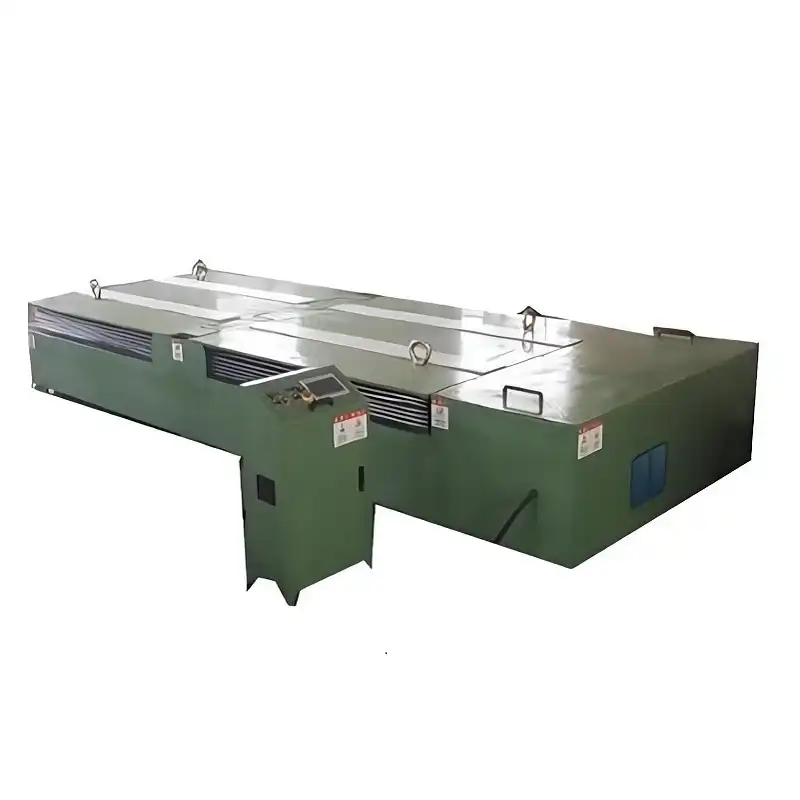
Quantifying the Cost Breakdown Without Upenders
Analyzing the financial impact of outdated mold handling requires looking beyond the obvious. The costs accumulate across several critical areas, often interacting to amplify the negative effect on the bottom line. A detailed savings analysis reveals the true burden.
Safety Costs: The Human and Financial Toll
Manual and crane-assisted mold turning are inherently hazardous. Sudden load shifts, chain or sling failures, or simple misjudgments can lead to severe crush injuries, strains, or worse.
- Direct Costs: Medical expenses, worker compensation claims, increased insurance premiums. A single serious incident can cost tens of thousands of dollars directly.
- Indirect Costs: Lost productivity from the injured worker and potentially others involved in the incident or investigation, administrative time for incident reporting, potential OSHA fines or citations, damage to worker morale, and the cost of hiring/training replacements if necessary. These indirect costs can often exceed the direct costs.
Efficiency Losses: The Bottleneck Effect
Foundry throughput depends on a smooth, continuous flow. When mold handling is slow or requires shared resources like cranes, it creates significant bottlenecks.
- Crane Wait Times: Production lines often halt while waiting for an overhead crane to become available, especially if the crane serves multiple functions (pouring, shakeout, mold handling). This idle time directly reduces output.
- Slow Manual Processes: Turning molds manually or with makeshift rigging is time-consuming and requires multiple personnel, diverting labor from value-adding tasks.
- Increased Cycle Times: The cumulative effect of these delays extends the overall production cycle time for each casting, limiting the foundry’s total capacity and revenue potential.
Mold Damage Costs: Protecting Critical Assets
Molds, particularly complex or large ones, represent substantial investments. Improper handling is a leading cause of damage.
- Impact Damage: Dropping a mold or allowing it to swing uncontrolled during crane maneuvers can cause cracks, deformation, or breakage of delicate features.
- Stress Damage: Uneven lifting or setting down can induce stress, leading to premature failure or dimensional inaccuracies in the castings.
- Repair & Replacement: Repairing damaged molds requires skilled labor and specialized processes, often taking the mold out of production for extended periods. Severe damage necessitates costly replacement and associated tooling lead times. Production schedules are disrupted, potentially leading to missed delivery deadlines and customer dissatisfaction.
Labor Costs: Inefficient Allocation
Traditional methods typically require more personnel directly involved in the handling process – operators, riggers, spotters – compared to automated solutions. This not only increases direct labor costs for the task but also represents an opportunity cost, as these workers could be deployed elsewhere.
To illustrate the potential scale, consider this hypothetical comparison:
| Cost Factor | Traditional Handling (Annual Estimate) | Handling with Mold Upender (Annual Estimate) | Potential Annual Savings |
|---|---|---|---|
| Safety Incident Costs | $50,000 – $150,000+ | $5,000 – $15,000 (Minor incidents/prevention) | $45,000 – $135,000+ |
| Efficiency Loss (Downtime/Labor) | $40,000 – $100,000+ | $10,000 – $25,000 (Scheduled maintenance) | $30,000 – $75,000+ |
| Mold Damage & Repair | $60,000 – $120,000+ | $5,000 – $20,000 (Wear & tear/minor issues) | $55,000 – $100,000+ |
| Total Estimated Range | $150,000 – $370,000+ | $20,000 – $60,000 | $130,000 – $310,000+ |
Note: These are illustrative estimates. Actual costs vary significantly based on foundry size, mold complexity, production volume, safety culture, and maintenance practices.
This breakdown underscores why clinging to traditional methods represents a significant financial liability, paving the way for solutions like mold upenders that directly address these high-cost areas.
Mold Upenders: The Mechanics of Cost Reduction
Mold upenders, also known as mold flippers or tilters, are purpose-built machines designed to safely and efficiently rotate heavy molds, dies, or other large workpieces through 90 or 180 degrees. They replace precarious manual or crane-based methods with controlled, automated precision.
Mold upenders directly reduce costs by providing smooth, controlled rotation via hydraulic or electro-mechanical systems. This minimizes physical stress on both the mold and operating personnel, drastically cuts down cycle times compared to manual or crane handling, integrates seamlessly into production workflows, and automates a task previously characterized by high risk and significant time consumption.
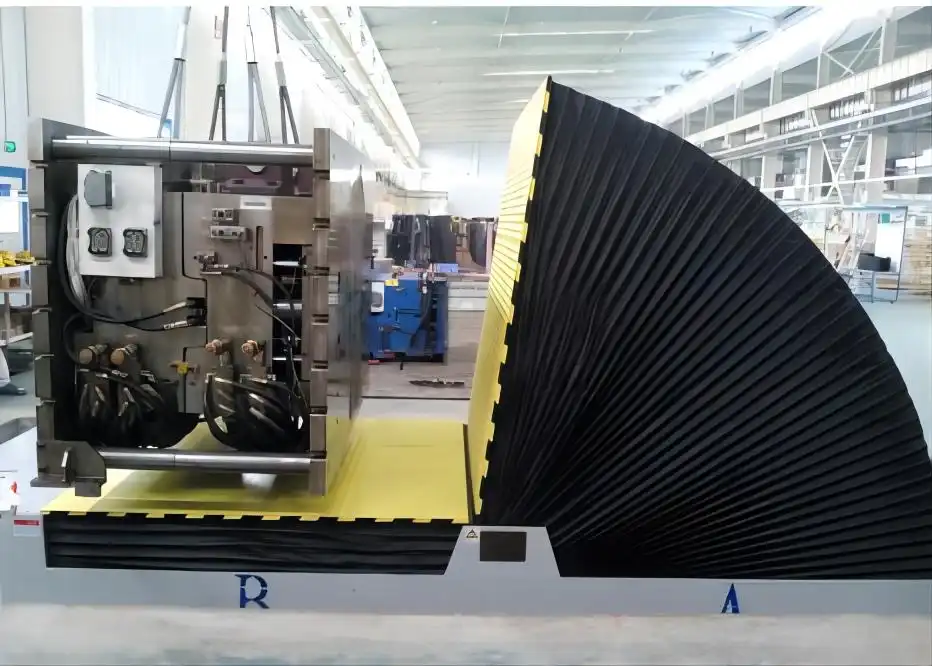
Key Features Driving Savings
The design and functionality of mold upenders incorporate specific features that translate directly into tangible cost savings for foundries. Understanding these elements clarifies how the investment pays dividends.
Controlled and Gentle Rotation
Unlike the potentially jerky and uncontrolled movements of crane lifts or manual prying, mold upenders utilize powerful hydraulic or robust electro-mechanical drive systems.
- Smooth Acceleration/Deceleration: This prevents shock loading, which can damage delicate mold components or cause stress fractures over time. Protecting the mold integrity directly reduces repair costs and extends the usable life of expensive tooling.
- Precise Positioning: Upenders stop accurately at the desired angle (typically 90° or 180°), ensuring the mold is correctly oriented for the next process step (e.g., core setting, inspection, cleaning, assembly). This eliminates time wasted on adjustments and reduces the risk of errors caused by improper positioning.
- Variable Speed Control: Many models offer adjustable rotation speeds, allowing operators to optimize the cycle for different mold sizes or complexities, balancing speed with safety.
Enhanced Safety Features
Safety is paramount in design, moving mold handling from a high-risk activity to a routine, controlled process.
- Stable Platforms: Large, flat platforms securely support the mold during rotation, preventing slippage or tipping.
- Integrated Guards and Barriers: Physical guarding prevents personnel from entering the operational area during rotation.
- Interlock Systems: Safety interlocks ensure the machine cannot operate unless guards are in place and the mold is properly positioned (if sensors are included).
- Emergency Stops: Easily accessible E-stops allow for immediate halting of the operation if needed.
- Reduced Manual Interaction: The automation significantly minimizes the need for personnel to be in close proximity to the heavy, moving load, drastically lowering injury potential and associated costs (medical, insurance, lost time).
Capacity, Customization, and Integration
Mold upenders are not one-size-fits-all; they are engineered for specific industrial needs.
- Wide Range of Capacities: Units are available to handle molds ranging from a few hundred kilograms to over 100 tons, accommodating the diverse needs of different foundries.
- Customizable Platform Sizes: Platforms can be tailored to match the dimensions of the molds being handled.
- Integration Options: Upenders can be designed as standalone units or integrated into automated production lines with conveyors, automated guided vehicles (AGVs), or robotic handling systems. This seamless integration further enhances efficiency by reducing intermediate handling steps and potential delays.
Durability and Reduced Maintenance
Reflecting the principle of "buy the best equipment," high-quality mold upenders are built for demanding foundry environments.
- Robust Construction: Heavy-duty steel frames and components ensure longevity and reliable operation under continuous use.
- Reliable Drive Systems: Proven hydraulic or mechanical systems require routine maintenance but typically offer high uptime compared to the frequent inspection and potential wear/failure points of crane rigging (slings, chains, hooks) used for turning.
- Lower Overall Maintenance Burden: While the upender itself requires maintenance, it often reduces the overall maintenance load associated with mold handling by preventing mold damage and reducing the strain on general-purpose equipment like cranes when used for specialized turning tasks. This contributes to higher overall equipment effectiveness (OEE).
By combining these features, mold upenders transform mold handling into a predictable, safe, and efficient process, directly attacking the cost centers associated with traditional methods and paving the way for significant financial savings.
Implementing Mold Upenders: A Strategic Investment
Acquiring a mold upender involves an initial capital outlay, causing some foundries to hesitate. However, viewing this as a strategic investment rather than just an expense reveals a clear path to substantial returns through operational improvements and risk mitigation.
Calculating the Return on Investment (ROI) for a mold upender involves meticulously analyzing the quantifiable savings generated in reduced labor costs, prevented mold damage expenses, lower safety-related expenditures (insurance, compensation), and increased production uptime. When compared against the initial purchase, installation, and training costs, the payback period is often surprisingly short, demonstrating strong financial justification.
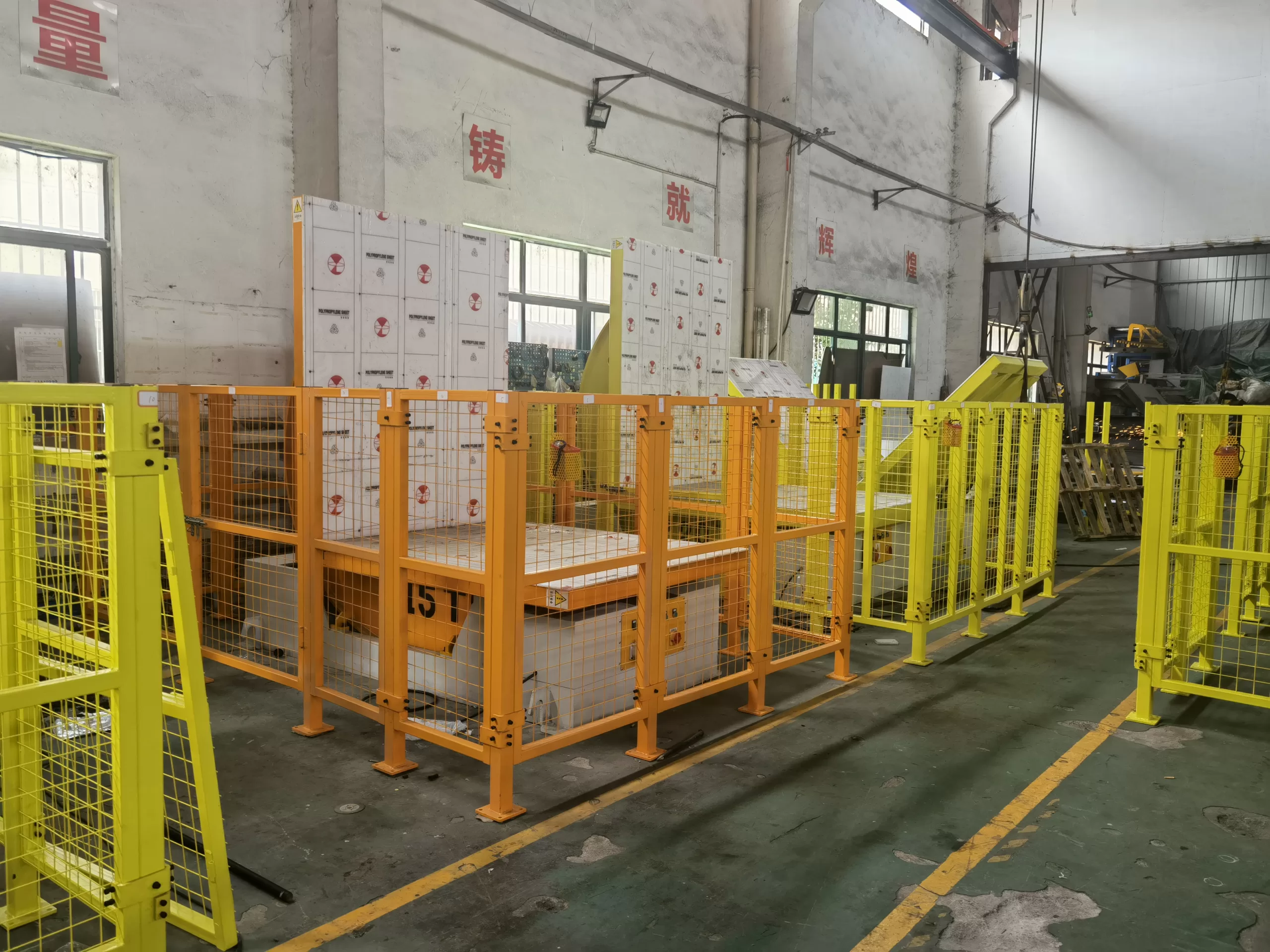
Calculating the Return on Investment (ROI)
A thorough ROI analysis provides the financial justification needed to proceed with the investment. This involves quantifying both the costs and the benefits accurately.
Step 1: Determine Total Investment Cost
This includes:
- Purchase price of the mold upender.
- Shipping and installation costs (foundation work, electrical connections, hydraulic hookups).
- Operator and maintenance training costs.
- Cost of any necessary integration with existing systems (conveyors, controls).
Step 2: Quantify Annual Savings
This requires data gathering and realistic estimation based on historical performance and projected improvements:
- Labor Savings: Calculate the reduction in man-hours previously dedicated to mold turning. Multiply the saved hours per year by the fully burdened labor rate (wages + benefits + overhead).
- Example: If turning took 2 operators 30 mins using a crane (total 1 man-hour) vs. 1 operator 10 mins with an upender (0.17 man-hours), and this occurs 5 times/day, 250 days/year: Savings = (1 – 0.17) hours/turn 5 turns/day 250 days/year * $50/hour (burdened rate) = $51,875 / year.
- Mold Damage Reduction: Estimate the annual cost reduction based on historical repair/replacement data. Be conservative but realistic about the percentage reduction achievable with controlled handling.
- Example: If average annual damage cost was $80,000, and the upender is expected to reduce this by 80%: Savings = $80,000 * 0.80 = $64,000 / year.
- Safety Cost Avoidance: Estimate savings from reduced incidents. This can be based on lower insurance premiums, avoided compensation claims, and reduced lost time. This is harder to quantify precisely but critically important. Even assigning a conservative value based on industry averages for incident costs can be impactful.
- Example: Avoiding one moderate incident per year could save $40,000.
- Increased Efficiency/Uptime: Quantify the value of reduced downtime or faster cycle times. If waiting for a crane caused 15 minutes of lost production per cycle, and the upender eliminates this wait: Savings = (Lost production value per hour / 4) * Number of cycles per year. This translates directly to increased throughput and revenue potential.
- Example: 15 mins saved per cycle 5 cycles/day 250 days/year = 312.5 hours saved. If production value is $200/hour: Savings = 312.5 * $200 = $62,500 / year.
Step 3: Calculate Simple Payback Period
- Total Annual Savings = Labor Savings + Damage Reduction + Safety Avoidance + Efficiency Gains
- Simple Payback Period (Years) = Total Investment Cost / Total Annual Savings
Sample ROI Calculation Table:
| Category | Description | Value |
|---|---|---|
| Investment Costs | ||
| Mold Upender Purchase Price | Cost of the machine | $100,000 |
| Installation & Training | Setup, integration, personnel training | $15,000 |
| Total Investment Cost | Sum of Investment Costs | $115,000 |
| Annual Savings | ||
| Labor Savings | Reduced man-hours for turning | $51,875 |
| Mold Damage Reduction | Lower repair/replacement costs | $64,000 |
| Safety Cost Avoidance | Reduced insurance, claims, lost time | $40,000 |
| Efficiency/Uptime Gains | Increased throughput due to faster cycles | $62,500 |
| Total Annual Savings | Sum of Annual Savings | $218,375 |
| Payback Period (Years) | Total Investment Cost / Total Annual Savings | ~0.53 years |
| Projected 5-Year ROI | *((Total Annual Savings 5) – Investment) / Investment** | ~849% |
This sample calculation, using conservative estimates, demonstrates how annual savings can easily surpass the $200k mark and yield a very rapid payback period, making the mold upender a highly attractive strategic investment for improving financial performance and operational stability.
Realizing the $200k+ Savings: A Foundry Case Scenario
Visualizing the transformation helps solidify the value proposition. Consider a mid-sized iron foundry producing complex castings for the automotive and industrial sectors, previously relying on overhead cranes and manual assistance for mold handling and rotation.
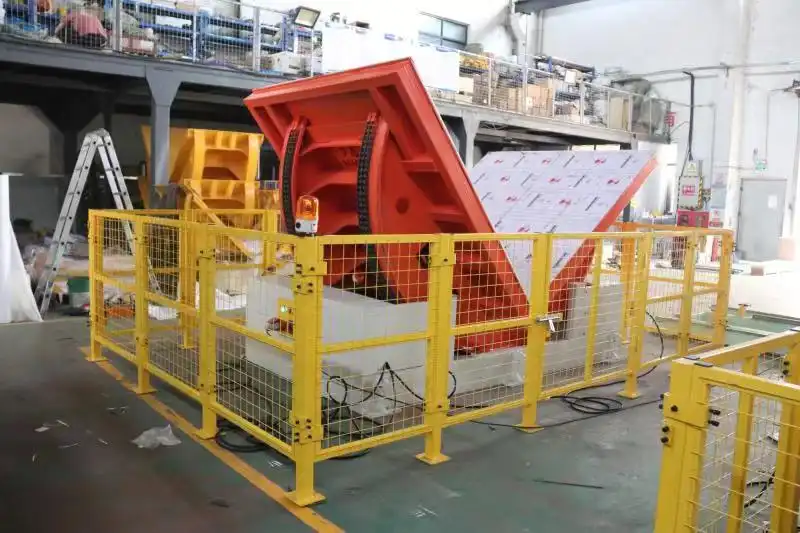
By implementing a dedicated mold upender, a foundry can witness a dramatic reduction in safety incidents, significantly faster mold preparation cycles that directly boost overall production output, the near elimination of costly handling-related mold damage, and optimized labor allocation. These combined effects are the mechanism through which substantial annual savings, frequently exceeding the $200,000 benchmark, are realistically achieved.
Let’s paint the "before" and "after" picture for this hypothetical foundry:
Before Mold Upender Implementation:
- Safety: Averaged two recordable injuries per year related to mold handling (strains, near misses, minor crushes), resulting in approximately $60,000 annually in direct and indirect costs (medical, lost time, insurance impact). Constant safety concern among floor staff.
- Efficiency: Mold rotation (180 degrees for core setting/cleaning) using a crane took an average of 25 minutes, including waiting for the crane, rigging, slow movement, and unrigging. Required 2 operators + 1 crane operator. This process was a frequent bottleneck, causing an estimated 1 hour of lost production time per shift across affected lines, valued at $50,000 annually.
- Mold Damage: Experienced significant mold wear and tear attributed to handling. Estimated annual costs for repairs specifically linked to crane handling (impacts, stress) and occasional catastrophic damage requiring partial replacement amounted to $90,000.
- Labor: Dedicated significant operator time to the non-value-added task of rigging, spotting, and waiting during mold turns.
Total Estimated Annual Cost of Traditional Handling: $60,000 (Safety) + $50,000 (Efficiency) + $90,000 (Damage) = $200,000
After Mold Upender Implementation:
The foundry invested $120,000 (including installation and training) in a hydraulic mold upender suited for their size range.
- Safety: In the first year of operation, zero recordable injuries related to mold turning. Estimated annual safety cost reduced to minimal preventative/training costs ($5,000). Savings: $55,000.
- Efficiency: Mold rotation now takes 5 minutes, performed by a single operator initiating the cycle. Crane is freed up for other tasks. Bottleneck eliminated. Estimated efficiency gain/value of increased uptime: $50,000 (recouped lost production) + additional potential throughput gains. Savings: $50,000+ (conservatively estimated).
- Mold Damage: Handling-related mold damage drastically reduced. Repair costs attributed to turning dropped by an estimated 90%. Savings: $81,000.
- Labor: The two operators previously involved in rigging/spotting were re-allocated to other production tasks. Labor cost for the turn reduced significantly. Savings: approx. $45,000 (calculated based on time saved per turn frequency burdened rate).
Total Estimated Annual Savings: $55,000 (Safety) + $50,000 (Efficiency) + $81,000 (Damage) + $45,000 (Labor) = $231,000
Financial Outcome:
- Payback Period: $120,000 (Investment) / $231,000 (Annual Savings) ≈ 0.52 years (approx. 6 months)
- Net Savings (Year 1): $231,000 – $120,000 = $111,000
- Ongoing Annual Savings (Year 2+): $231,000
This scenario demonstrates clearly how addressing the interconnected costs of safety, efficiency, damage, and labor through a targeted investment like a mold upender can lead to verified savings well over the $200,000 mark, transforming a cost center into a source of improved profitability and operational excellence.
Conclusion
In the competitive landscape of metal casting, optimizing every aspect of production is crucial for success. Traditional mold handling methods, often overlooked, represent a significant source of hidden costs related to safety, inefficiency, and asset damage. Mold upenders offer a direct and effective solution, transforming this critical process from a liability into an advantage. By automating rotation with precision and control, they drastically reduce injury risks, slash cycle times, protect valuable molds, and free up labor. The potential for annual savings exceeding $200,000 is not theoretical; it’s a tangible outcome demonstrated through careful analysis of cost reduction strategies in labor, maintenance, insurance, and increased throughput. Investing in the right Foundry operations equipment, such as a robust and reliable mold upender, is a strategic move towards enhanced safety, superior efficiency, and ultimately, a healthier bottom line.


